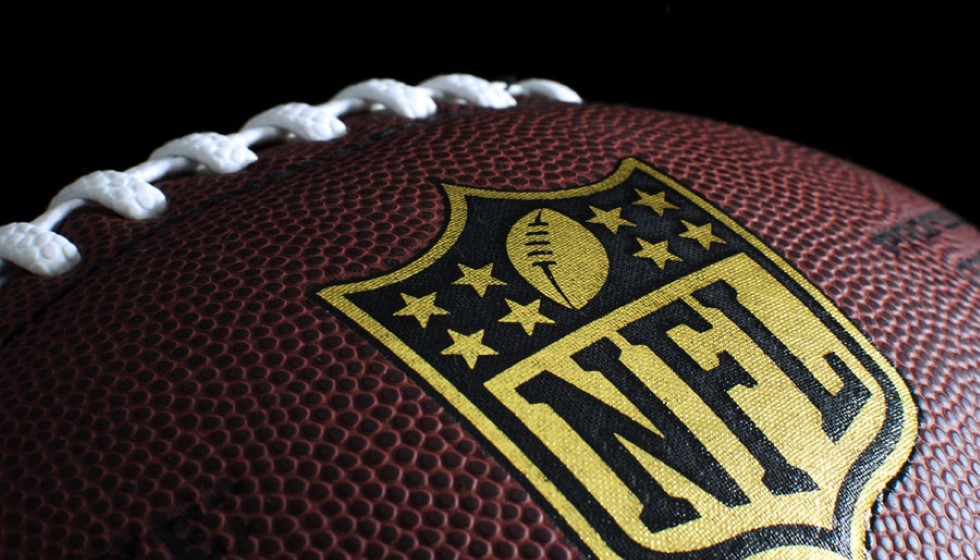
In the ever-evolving landscape of the NFL, the onside kick continues to be one of the most elusive components, and its role in the game's future remains uncertain. As of Week 15 of the last NFL season, statistics paint a bleak picture: out of 41 onside kick attempts, only three were successfully recovered, reflecting a meager recovery rate of 7.3 percent. This stark reality highlights the need for a potential overhaul of this strategic play.
The NFL has long recognized the diminishing effectiveness of the onside kick and has been investigating possible alternatives to inject fresh excitement and fairness into the game. Leading this charge is a notable proposition known as the fourth-and-20 rule. This concept allows teams an opportunity to retain possession by converting a fourth-and-long play, theoretically maintaining the thrill of a turnover without the unpredictability of a traditional onside kick.
Despite its promising outlook, the fourth-and-20 rule has hit a snag year after year. It has been consistently voted down by league owners from 2019 through to 2024, signaling hesitation to abandon the traditional — albeit largely ceremonial — onside kick. Troy Vincent, NFL's Executive Vice President of Football Operations, sums it up succinctly: "We need to look at that," Vincent stated. "That's a dead play. That is a ceremonial play. Very low recovery rate."
Historical Proposals and Persistent Debate
The debate around the onside kick isn't new. Vincent recalls its roots and evolution: "It's something that started back with, if I'm not mistaken, John Elway... over the previous three or four years, Philadelphia [has proposed it]. It has garnered [support]... there has been progress." This historical context emphasizes the longstanding nature of the discussion and suggests an ongoing search for enhancements to ensure that moments in the game where teams are trailing can still brim with hope and intensity.
Currently, teams can only attempt onside kicks in the fourth quarter when they are trailing, a limitation that underscores the play's ceremonial status and its minimal likelihood of success. Moreover, teams must notify their opponents beforehand, adding another layer of complexity to an already low-percentage play.
Creative Solutions and the Role of Innovation
The challenge of reinvigorating the endgame scenarios in football has been squarely placed in the hands of the NFL's competition committee and league officials. There's an implicit encouragement for creativity, as Vincent confidently asserts: "Our coaches, they can be creative enough to come up with a good, solid, competitive play to bring some excitement back in those situations."
As these stakeholders ponder over potential changes, they are tasked with balancing innovation with tradition. The quest is to devise strategies that not only improve the fairness and competitiveness of the game but also maintain, if not enhance, the excitement fans expect each week during the NFL season.
The Path Forward
The conversation around reforming the onside kick is poised to continue, especially during off-season discussions. Vincent suggests that as the league revisits various aspects of gameplay, the onside kick will remain a significant focus. "When we look at the kickoff and maybe where the touchback area should be during the offseason, we need to revisit the onside kick," he advocates, indicating the NFL's commitment to ongoing evaluation and potential reform.
As the football world awaits future developments, one thing remains clear: change may be slow, but the dialogue around the onside kick ensures that the spine-tingling, unpredictable moments of professional football remain under scrutiny. With visionary approaches and creative game-play suggestions, the goal is to ensure that those trailing moments in games remain filled with the potential for comeback magic.